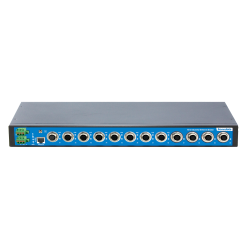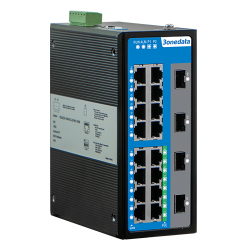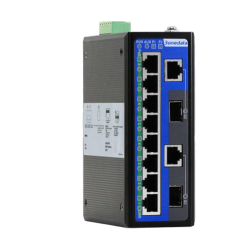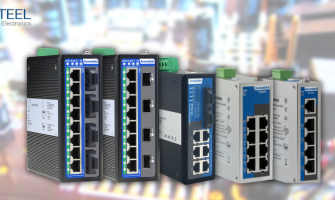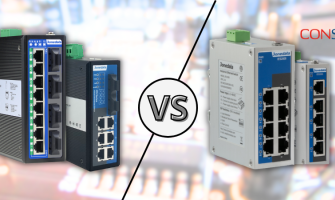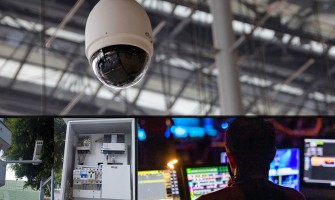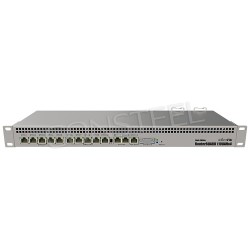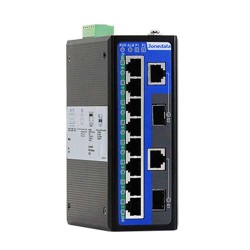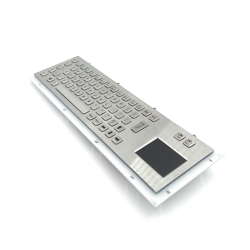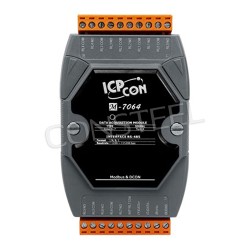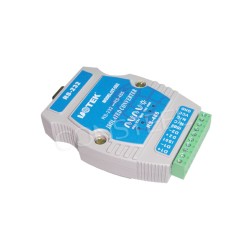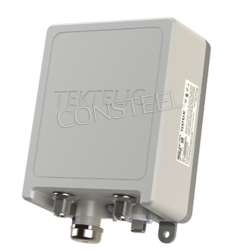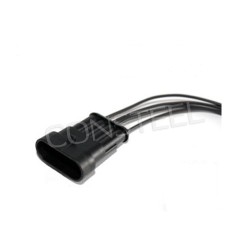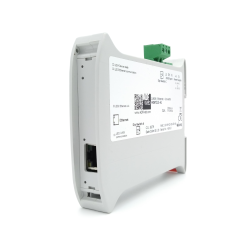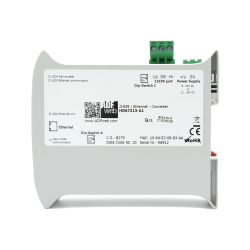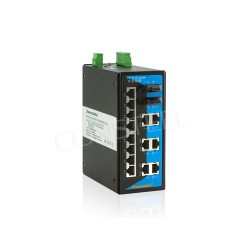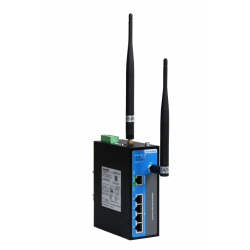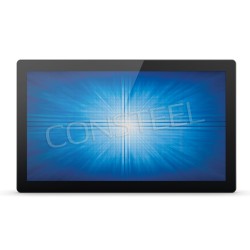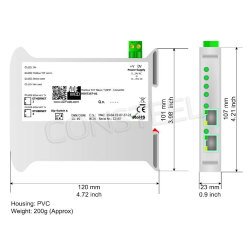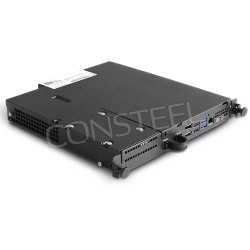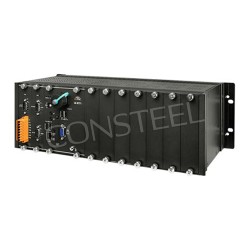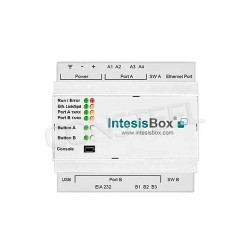PoE switch what is it and how does it work?
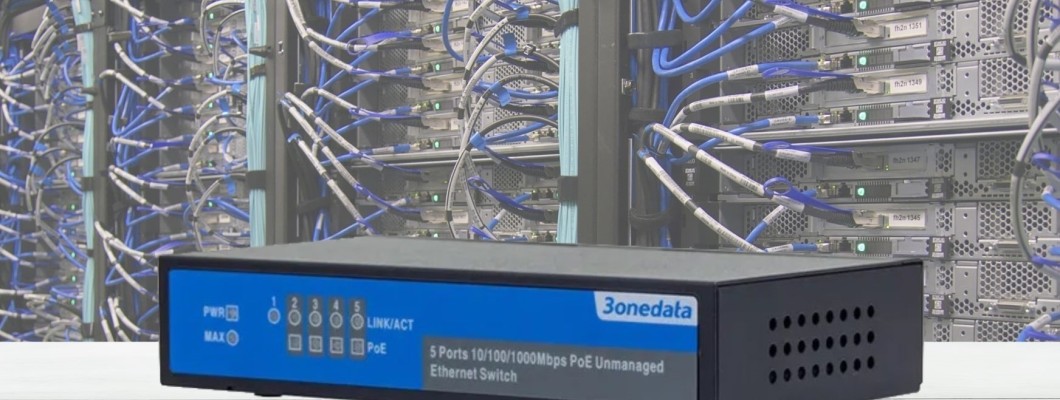
In the field of networking and connectivity, Power over Ethernet (PoE) technology has become a breakthrough, revolutionizing the way devices are powered and connected. One of the key elements of this technological evolution is the PoE switch, a sophisticated device that combines the functions of a network switch with the ability to provide power to connected devices.
What is a PoE switch?
PoE switch (Power over Ethernet) is a network device designed to seamlessly integrate data and power transmission over a single Ethernet cable. Unlike traditional network switches, which only manage data traffic, PoE switch has the added ability to provide power to connected devices. This innovative feature eliminates the need for separate power sources, simplifying cable management and installation processes.
8-port PoE switch - Power and versatility
One popular variant of PoE switches is the 8-port PoE switch, which provides eight Ethernet ports for data connectivity while offering Power over Ethernet functionality. These network switches are compact yet powerful, making them ideal for small and medium-sized networks where space is at a premium. The PoE 8 port switch allows multiple devices such as IP cameras, wireless access points and VoIP phones to be connected simultaneously without the need for power.
External PoE switch - Greater flexibility
In some scenarios, an external PoE switch may be preferable to embedded or commercial PoE solutions. An external PoE switch is a standalone device that can be plugged into a non-PoE network switch, instantly converting it to a PoE-enabled network, or mounted outside the building or in a location with extreme temperatures or high humidity. This approach provides greater flexibility, allowing users to add PoE functionality to existing infrastructure without having to completely rebuild the network. Outdoor PoE switches are available in a variety of port configurations, adapting to the specific needs of different environments. Because of their outdoor use, they are more durable and have an increased operating temperature range (even from -40°C to +75°C), resistance to vibration, impact, shock and electromagnetic discharge, flooding and dust. They also usually have a metal housing, which distinguishes them from commercial switches.
PoE+ (802.3at) - More than standard PoE
While standard PoE (802.3af) provides up to 15.4 watts of power per port, the PoE+ (802.3at) standard goes a step further, providing up to 30 watts. This increased power opens the door to powering more power-hungry devices such as high-performance IP cameras, PTZ cameras and advanced access points. The PoE+ switch is backward compatible, meaning it can support both standard PoE and PoE+ devices, offering a versatile solution for a variety of network requirements.
PoE switch - application
IP monitoring systems
One of the main applications of PoE switches is IP surveillance systems. PoE-enabled cameras can be easily connected to a PoE switch, simplifying installation and reducing the need for separate power sources. The flexibility of PoE also allows cameras to be strategically placed without being restricted by the location of power outlets.
Wireless access points
PoE switches play a key role in the deployment of wireless networks. Wireless access points can be powered and connected via a single Ethernet cable, streamlining installation and providing a neat and organized network setup. This is particularly beneficial in environments where aesthetics and cable management are critical.
VoIP phones
Voice over Internet Protocol (VoIP) phones often require both a data connection and power supply. PoE switches eliminate the need for separate power adapters, making VoIP phone installations simpler and more cost-effective. This is especially beneficial in office environments where multiple phones need to be deployed.
Building automation
The Internet of Things (IoT) is driving increasing integration of smart devices into building automation systems. The PoE switch plays an important role in powering and connecting these devices, including smart lighting, thermostats and sensors. Centralized power simplifies maintenance and troubleshooting, but also reduces wiring costs.
PoE switch and its advantages
Simplified installation
Integrating power and data transmission via a single cable greatly simplifies the installation process. This reduces the amount of wiring required and minimizes the need for electrical outlets near each device.
Cost savings
PoE switching contributes to cost savings by eliminating the need for separate power cables and outlets. This is particularly beneficial for large-scale deployments, where cabling and infrastructure cost reductions can be significant.
Elasticity and scalability
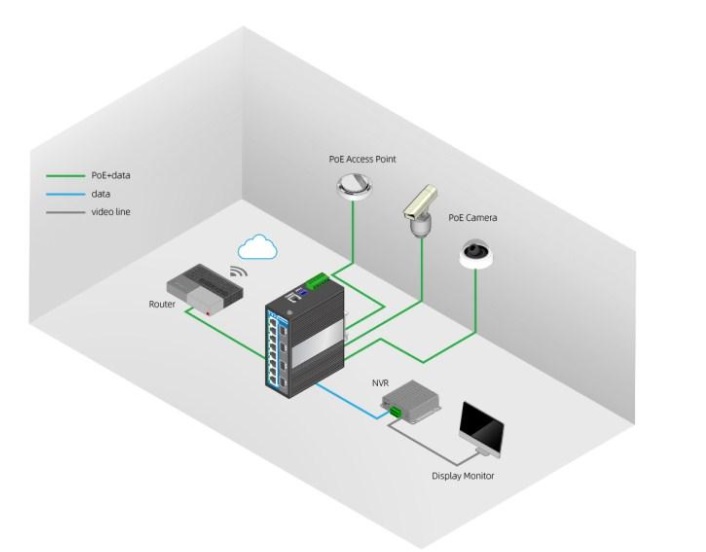
The modular nature of PoE switches allows for easy expansion and scalability. Additional PoE devices can be seamlessly integrated into the network by connecting them to available PoE ports on the switch.
remote power management
PoE switches are often equipped with management features that allow remote monitoring and control of connected devices. This facilitates effective power management, allowing administrators to remotely restart devices or adjust power settings as needed.
reliability and redundancy
PoE switches increase network reliability by providing power to connected devices even in the event of a power failure. In addition, many PoE switches are equipped with redundant power options, further ensuring uninterrupted operation.
In summary, the PoE switch represents a key advancement in networking technology, offering a unified solution for data and power transmission. The flexibility, cost-effectiveness and scalability of PoE switches make them indispensable for applications ranging from IP surveillance systems to intelligent building automation. As the technology continues to evolve, the role of PoE switches is likely to expand, providing even more innovative solutions for the ever-increasing demands of modern networks.













